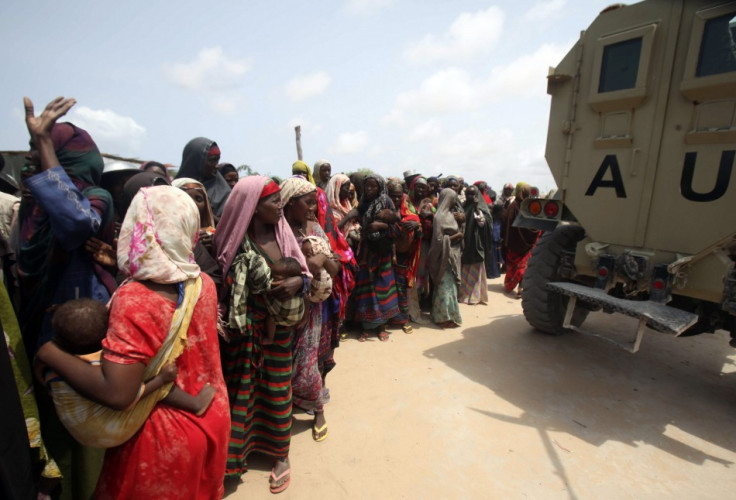Millions of people in Somalia face starvation, warns UN.
The experts claim that the country needs immediate attention to avoid a repetition of the 2011 famine disaster.
As many as four million people in Somalia are facing the risk of starvation and the situation is only deteriorating as the country faces its third consecutive dry season, the United Nations' climate report has warned.
Around 650,000 people have been forced to flee their homes because the country is in the grip of one of its worst droughts seen in decades. The destruction of crops has caused inflation and has led to an increase in food and water prices.
"Multiple African countries are projected to face compounding risks from: reduced food production across crops, livestock, and fisheries; increasing heat-related mortality; heat-related loss of labor productivity; and flooding from sea-level rise," read the report.
The report further added that crop failure could also lead to malnutrition and forced displacement due to drought and flooding.
"Africa is one of the most — if not the most — vulnerable continent to climate change in the world," said Chukwumerije Okereke, a professor at Reading University in the United Kingdom, told NBC News.
Drought continues to tighten its grip on millions in East Africa with devastating consequences. The crisis in Somalia is hard to access and under reported. Watch this crucial coverage from @_MarielMueller and @HoffHeiner for @dwnews and @derspiegel https://t.co/orBCP3UVvc
— Ed Ram (@EdR4m) March 20, 2022
The July 2011 famine in Somalia had killed an estimated 258,000 people – mainly women and children, while 45,000 people died in late 2016 due to a potential famine.
There have now been three successive severe rain failures, the country is also rocked by political instability and conflict.
Several parts of the country have been reporting camel deaths which is an indicator of the severity of the crisis.
Camels are seen as the most resilient animals when it comes to survival during drought conditions. Almost 700,000 camels, goats, sheep, and cattle died in the month of November and December last year.
Save the Children NGO has also issued a warning stating that there is only a "narrow window to prevent a major humanitarian disaster in Somalia." The UN has said that around $1.5 billion is needed to avoid the humanitarian crisis.
"The outlook was already grim prior to the outbreak of the Ukraine crisis. We have been overshadowed by the crisis in Tigray, Yemen, Afghanistan and now Ukraine seems to suck all the oxygen that is in the room," added Adam Abdelmoula, UN humanitarian coordinator for Somalia.
The Food and Agriculture Organization has said that 15-20 million people in Ethiopia, Kenya, and Somalia could face serious food insecurity in 2022.
Three years of drought in the region led to multiple failed harvests and the situation only worsened due to the Covid-19 pandemic and climate change. Only timely international assistance can avert a possible disaster, say experts.

© Copyright IBTimes 2025. All rights reserved.






















